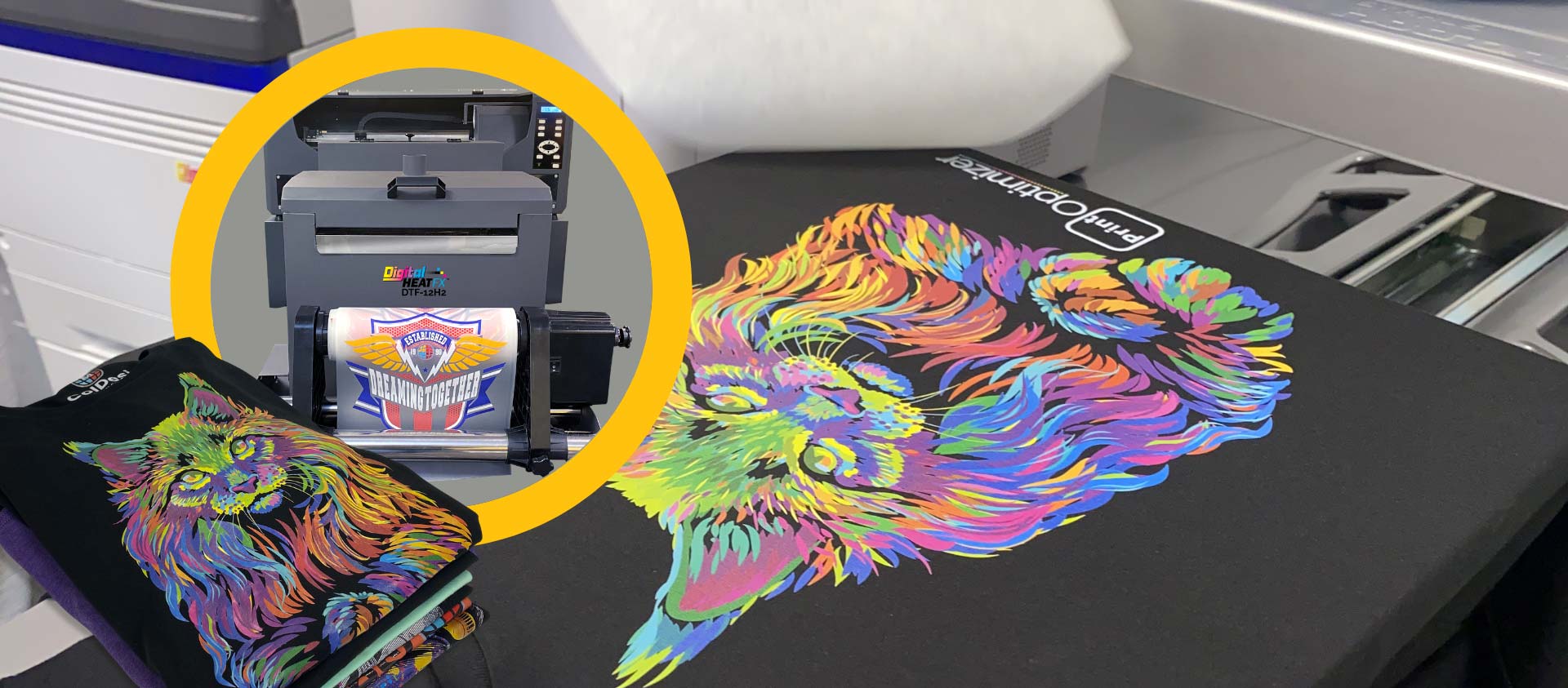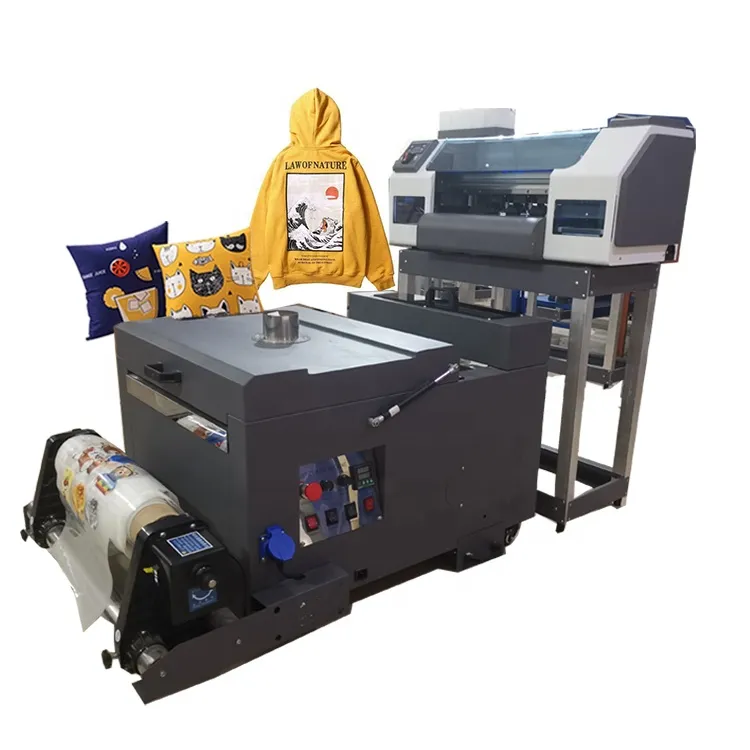The Future of Style: Checking Out DTF Printing Modern Technology in the Textile Sector
Recently, the fabric industry has actually witnessed a significant change towards cutting-edge technologies that are improving the landscape of style production. Amongst these advancements, Straight to Movie (DTF) printing technology has actually emerged as an appealing challenger, offering special capacities and opportunities for developers and manufacturers alike. This advanced printing approach has actually sparked rate of interest as a result of its potential to transform standard fabric printing processes. As we look into the effects and possibilities of DTF technology in the realm of style, it comes to be evident that its combination might redefine sector criteria and pave the way for a new age of imaginative expression and performance.
Evolution of Textile Printing
From the ancient civilizations using techniques like block printing to the electronic transformation of today, textile printing has consistently pushed boundaries. As the craft spread to various other parts of the globe, brand-new methods such as display printing and roller printing emerged throughout the Industrial Transformation, transforming the fabric market.
In the 20th century, developments in technology brought about the growth of rotary display printing, allowing for faster and a lot more complex layouts. The introduction of digital fabric printing in the late 20th century marked a considerable change towards even more functional and sustainable printing techniques. Today, with innovations like Direct-to-Fabric (DTF) printing modern technology, designers can produce vibrant, comprehensive prints with better effectiveness and lowered environmental effect. The advancement of textile printing showcases an abundant background of creativity, ingenuity, and technical progress in the globe of style and design.
Advantages of DTF Modern Technology
With the evolution of textile printing methods from old approaches like block printing to modern developments such as digital printing, the introduction of Direct-to-Fabric (DTF) innovation has actually dramatically enhanced the efficiency and sustainability of textile printing processes. One of the main benefits of DTF innovation is its capability to straight print styles onto textile without the demand for transfer documents, which lowers waste and streamlines the manufacturing procedure. In addition, DTF printing permits for better shade vibrancy and information accuracy contrasted to standard approaches, making it possible for fabric suppliers to develop detailed and high-quality designs effortlessly.
Moreover, DTF technology is known for its versatility, as it can be made use of on numerous types of materials, including all-natural fibers like silk, cotton, and wool, in addition to synthetic materials such as polyester and nylon (DTF Printing). This flexibility opens a vast variety of possibilities for developers and suppliers to experiment with various structures and materials, leading to even more unique and cutting-edge products in the fashion sector. Generally, the application of DTF modern technology stands for a index significant innovation in fabric printing, providing countless benefits that add to the future sustainability and creativity of the industry
Sustainability in vogue Manufacturing
Highlighting environment-friendly practices is extremely important in modern fashion manufacturing, aligning with the expanding consumer need for lasting products. In current years, the fashion business has dealt with increasing examination due to its considerable ecological impact, consisting of too much water usage, chemical air pollution, and textile waste. As an action, many style brand names are now including lasting practices right into their manufacturing procedures to lessen injury to the setting.
Sustainability in vogue production includes numerous facets, such as making use of recycled and organic products, decreasing power intake, implementing ethical labor methods, and advertising openness throughout the supply chain. In addition, developments in innovation, like DTF printing, deal possibilities to better enhance sustainability in textile manufacturing. This technology allows exact printing on textiles, lowering ink wastefulness and water use contrasted to traditional printing methods.
Design Freedom and Customization

Moreover, DTF printing promotes customization on a range formerly unattainable, allowing for customized clothing and distinct items tailored to private choices. Overall, DTF printing innovation changes the design landscape in the fabric sector, offering unlimited opportunities for imaginative expression and customized style.
Influence on Supply Chain & Market Trends
DTF printing technology in the textile industry is reshaping supply chain characteristics and affecting market patterns via its performance and customization capabilities. By enabling on-demand printing and eliminating the need for large stocks, DTF innovation improves the supply chain process. Makers can create products as needed, decreasing waste and storage costs. This just-in-time production model also allows for quicker reaction to market demands and trends, leading to an extra dexterous and receptive supply chain.
Moreover, the personalization potential of DTF printing innovation is changing the market trends in the fabric sector. As a result, DTF innovation is driving a change towards more innovative and customer-centric methods within the fabric sector, shaping the future of fashion.

Final Thought
To conclude, DTF printing technology is reinventing the fabric sector by providing many advantages such as design sustainability, personalization, and flexibility. This ingenious modern technology is improving the future of style production, impacting supply chains, and driving market trends towards much more eco-friendly and efficient practices. As the industry continues to develop, DTF printing will play a vital duty fit the means fabrics are created and consumed in the years look what i found to find.
From the try these out ancient people utilizing methods like block printing to the electronic transformation of today, fabric printing has actually continuously pushed limits. As the craft spread to other parts of the globe, brand-new techniques such as screen printing and roller printing emerged during the Industrial Change, changing the fabric market.
The introduction of digital fabric printing in the late 20th century noted a considerable shift towards even more flexible and sustainable printing methods.With the advancement of fabric printing methods from ancient methods like block printing to modern-day advancements such as electronic printing, the introduction of Direct-to-Fabric (DTF) modern technology has actually considerably enhanced the efficiency and sustainability of fabric printing processes (DTF Printing).In response to the imperative change towards sustainability in fashion manufacturing, the adoption of cutting-edge modern technologies like DTF printing not just addresses environmental problems yet likewise opens up avenues for unrivaled design liberty and personalization in the textile market